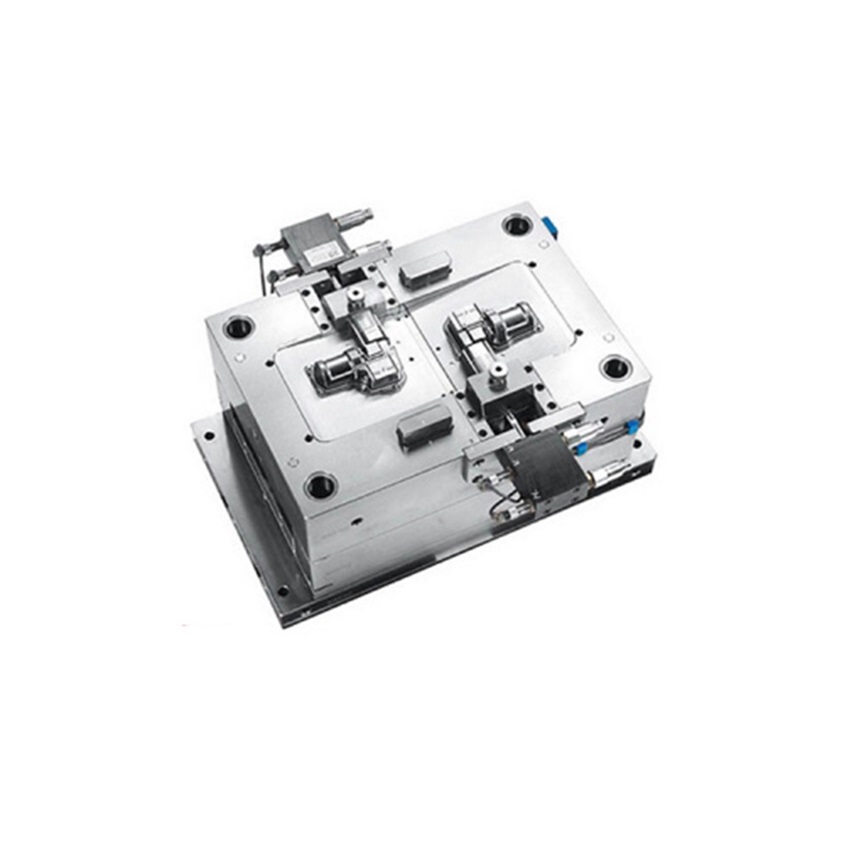Comparison Of Various Sheet Metal Processing
Sheet Metal Processing In the design parts of various electromechanical and home appliances, many use various metal materials with a thickness of t>0.5 ~ 16mm, and plate-shaped parts with disordered shapes. Due to its high standard and shape and position accuracy requirements, especially along the thickness of the material, it needs to be bright and straight.
The conventional traditional processing method is to supply blanks by stamping, and use turning, milling, planing, grinding and other cutting processes to meet the technical requirements, not only the technical process is long, the process is many, the labor (station) time is long, and the production efficiency is low. The parts have poor communication, high labor intensity, high cost, and cannot meet many production needs. The theory proves that in the mass production of medium and heavy plates with a thickness of t>3mm and thick plate parts with a thickness of t>4.75mm, the implementation of the use of fine blanking technology instead of cutting processing can not only obtain excellent economic benefits, but also eradicate them. From time to time, in the production of superficial stamping, there are frequent occurrences of broken fingers and personal hazards, reducing the pollution of stamping noise to the environment, and obtaining satisfactory work safety and environmental protection benefits.
The use of high-precision blanking technology in the field of modern stamping also fully reflects the scientific opening concept of "returning the cost, insisting on continuous opening". These plate-shaped parts are difficult to finish with other processing methods. That is, the use of various types of combined cutting processing, not only low power, difficult to ensure quality, but also high cost. Most of them are steel plate materials that do not meet the trademark, and more than 80% are fine blanking parts for automobiles.
1) The shape of sheet metal processing is disordered, and the standard and shape accuracy is high. Most of the material thickness t> 3mm ~ 12.5mm, it is a fine blanking of medium and thick plates, and the punching surface is straight and bright, and the quality is comparable to that of cutting.
2) The fine-blanking parts of sheet metal processing have clear outline and small collapse angle, some hole margins and hole spacing (wall thickness) ≤ t, and there are forming fine-blanking such as embossing, countersunk holes, blind holes and hub flanges, and the extra modulus Small involute, cycloid, triangular, rectangular, trapezoidal and other high-precision gear fine-blanking parts are difficult to manufacture by other processing techniques.
3) Sheet metal processing are all electromechanical commodity parts that are mass-produced and reach a moderately economical production plan, including: medium-duty trucks, cars, motorcycles and other commodity fine-blanking parts, all of which are punched out of the original material in one die. Re-cutting.
Pioneering use of fine blanking techniques Fine blanking of sheet metal is the result of the successful application of Theodor Karman's theory. The center of the theory is that solids have better plasticity, better external shape, and are more easily deformed under multi-directional compression than under unidirectional compression.
When the sheet is finely blanked, the fine punching die is specially designed. In the shear separation area of the sheet, three-way pressure is applied to form a plane compressive stress shape, and the pure shear separation of the material is completed, resulting in fine blanking. Based on this theory, German F.Schiess created the technology of strong blanking fine blanking (FB fine blanking for short) in 1921, and obtained a German patent on March 9, 1923. Before and after the popularization of the above-mentioned FB fine-blanking technology, there were many other fine-blanking methods that were successfully developed in different countries, obtained patents, and some were also implemented for production.
The above is about sheet metal processing. There are many other interesting stories and developments in our company, as well as sales of Product Development, Mold Maker, Rapid Prototype, Plastic Mould, 3D Print and Plastic Injection Molding. You can click and have a look. , you can consult us if you are interested.








